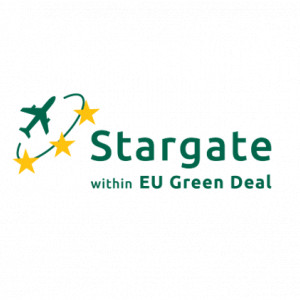 \
&
Contact us
\
&
Contact us
 \
&
Contact us
\
&
Contact us
Starts in 1 month from now
LocationHybrid (Brussels/Online)
The European Commission organises an information day close to the publication of the working programmes to inform potential applicants about what they are actually looking for in a project proposal. Also, they will give a detailed overview of the policy context in which these calls are situated.
Ahead of the official Info Days, the network of Cluster 6 National Contact Points (NCPs), will host a brokerage event for potential applicants on 21 January 2026 at the Borschette Centre in Brussels. The event offers networking and matchmaking opportunities to find partners who share the same topics of interest.
You can find the registration details via the European Commission's website.
We offer news and event updates, covering all domains and topics of Horizon Europe, Digital Europe & EDF (and occasionally, for ongoing projects, Horizon 2020).
Stay informed about what matters to you.
By signing up, you can opt in for e-mail notifications and get access to
a personalised dashboard that groups all news updates and event announcements in your domain(s).
Only for stakeholders located in Flanders

The Stargate project obtained funding under the special Green Deal call of Horizon 2020, more in particular under the topic of “green ports and airports”. It received the maximum score of the evaluators and was selected out of more than 40 projects. Stargate’s purpose is to prove that sustainable aviation is possible and happening. It focuses on the further decarbonization of the aviation industry, the improvement of local environmental quality and the stimulation of the modal split. Together with a consortium of 21 European partners with a diverse and rich expertise (airports, community partners, knowledge institutions, consultants, local governments, …), Brussels Airports takes the lead as lighthouse airport to develop and implement innovative solutions. Results that prove successful can be deployed at the fellow airports (Toulouse, Budapest, Athens). Over the course of the coming five years, the consortium will exchange knowledge to investigate and realize more than 30 concrete projects.